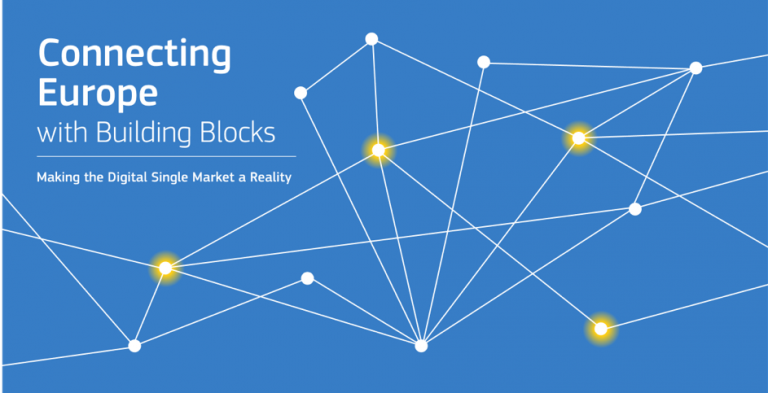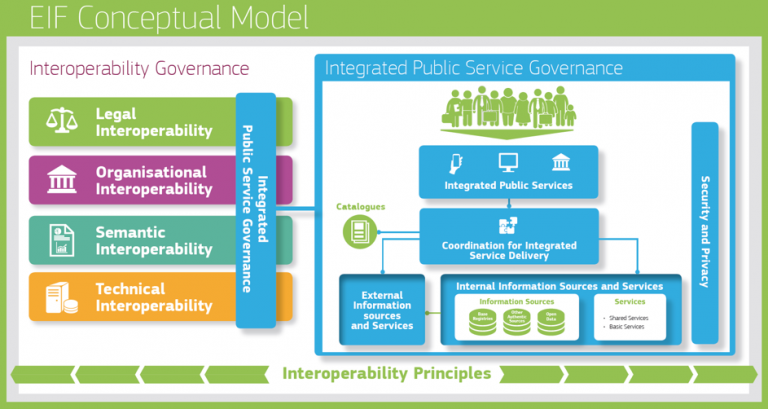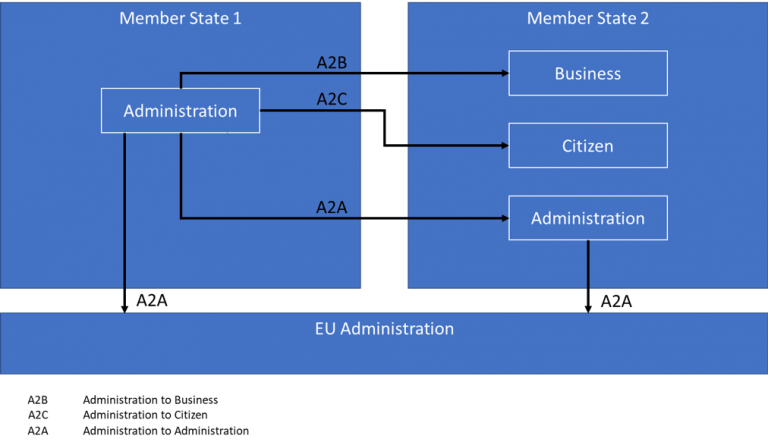The European digital single market: a challenge to interoperability

Download het volledige artikel hier
Internet and digital technologies have opened a new world for us all. But there are barriers that block free access to goods and services, limit Internet companies and start-ups within their scope of action and prevent companies and public administration from harvesting benefits of digital technology. The EU’s internal market must be made fit for the digital age. Regulatory barriers must be removed, and the 28 national markets must be brought together into a single one. This could generate EUR 415 billion a year and create hundreds of thousands of new jobs.
The EU’s Digital Single Market aims to remove barriers and provide more opportunities for legal, safe and affordable business across EU borders. Only 7% of small and medium-sized enterprises in the EU sell across borders. This can change by putting the internal market online. The European Commission’s objective is to create a Digital Single Market in which the free movement of goods, persons, services, capital and data is ensured – and in which citizens and businesses, regardless of their nationality, Online-Goods and services can be accessed seamlessly and fairly wherever they live. The Digital Single Market can create opportunities for new start-ups and enable companies to grow and innovate in a market of around 500 million people. A completed Digital Single Market will help Europe maintain its position as the world leader in the digital economy. For this purpose, a strategy has been developed to achieve these objectives. This is set out in the “A Digital Single Market Strategy”.
The European Commission recognized the need for interoperability between public administrations as early as 1999 and has since supported several programs for the development, promotion and use of interoperability solutions in the EU. The European Commission’s ISA2-program supports the development of digital solutions enabling public administrations, businesses and citizens in Europe to benefit from interoperable, cross-border and cross-industry public digital services. Interoperability here is the ability of a system whose interfaces are fully disclosed to deal with other current or future systems without restrictions on access or implementation to collaborate or interact.
The Program for Interoperability Solutions for European Public Administrations (ISA) (2010-2015) and its successor, ISA2 (2016-2020), are the main instruments used to support the roll-out of the current European interoperability strategy and the current European Interoperability Framework (EIF, European Interoperability Framework). This includes a variety of different measures aimed at improving digital cooperation between public administrations in Europe. The successful implementation of EIF will improve the quality of European public digital services and create an environment in which public administrations can work together digitally.
The strategy underlines the need to do more to modernize public administrations, achieve cross-border interoperability and facilitate interaction with citizens. Here, the Commission would like to pursue the European Interoperability Framework (EIF) attempt to incorporate more solutions for free software and open standards into the public sector in the EU by encouraging European public administrations to favor ‘open specifications’ in the development of public digital services. In addition, the ISA2‘s EIF proposal promotes the principle of openness and the reuse of software solutions. Member States and the EU are invited to make a joint effort to avoid market fragmentation, to ensure cross-border and cross-sectoral interoperability in the implementation of legislation, and to use jointly agreed ICT solutions.
All EU countries are currently digitizing their public administrations. By following the principles and recommendations of the new EIF (European Integration Framework), EU countries will adopt a common approach when making their public services available online, integrate them consistently, manage their sources of information, or deal with security and data protection regulations. The new framework places more emphasis on how interoperability principles and models should be applied in practice. The updated interoperability recommendations have been clarified to facilitate implementation, with a greater focus on openness and information management, data portability, interoperability governance and integrated service provision. EIF provides 12 principles and 47 concrete recommendations to improve the governance of its interoperability activities, to build inter-organizational relationships, to streamline processes, to support end-to-end digital services and to ensure that existing and new legislation does not affect interoperability efforts.
This will ensure that services are accessible not only within their national borders, but also across countries and policies. In other words, they will apply interoperability in practice. In this way, public administrations can save time, reduce costs, increase transparency and improve the quality of the services they provide to citizens and businesses.

Interoperability is a key factor in making digital change possible. Interoperability enables administrative bodies to exchange important information electronically with each other and with citizens and businesses in a way that is understandable to all stakeholders. This affects all aspects that affect the provision of digital public services in the EU:
- legal issues: e.g. rules must not create unjustified obstacles to the re-use of data in different policy areas
- organizational aspects: e.g. formal agreements on the conditions of inter-organizational cooperation are required
- Data structure/semantics: e.g. by ensuring the use of common descriptions in the exchanged data
- technical questions: for example, setting up the information system environment necessary for an uninterrupted flow of bits and bytes.
The scope of the EIF covers three forms of interaction:

- A2A (Administration to Administration), which refers to interactions between public administrations (e.g. Member States or EU institutions)
- A2B (Administration to Business), which means interactions between public administrations (e.g. Member States or EU institutions) and companies
- A2C (Administration to Citizen), which means interactions between public administrations (e.g. Member States or EU institutions) and citizens
The ISA2 program with its actions provides architectural artifacts that are used by enterprise architects, who work in the public administration using a TOGAF/ADM-driven definition of digital services. Those pre-produced artifacts help to keep costs down by reusing interoperability solutions that have already been developed. The interoperability solutions developed under the ISA2 programs are usually available free of charge. One of these solutions is the European Interoperability Reference Architecture (EIRA©) and the Cartography tool.
These artifacts can be used and reused very well in architectural projects based on the TOGAF standard as part of an ADM (Architecture Development Method).
In the next blog we will discuss the 12 interoperability principles.

 English
English
 Deutsch
Deutsch
 Nederlands
Nederlands
